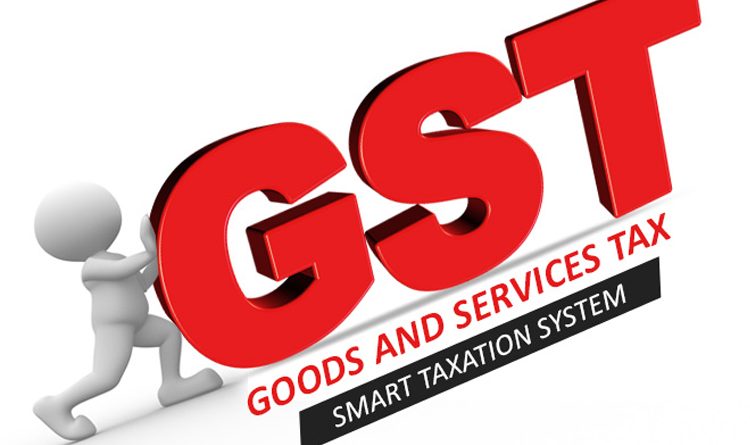Know About GST: How to Apply for Goods & Services Tax Number in India in 6 Steps
The Goods and Services Tax (GST) is a destination-based, multi-stage, comprehensive tax levied on value addition. The uniform taxation system consolidates numerous taxes into one, thus simplifying the tax calculation and payment procedures for businesses. Business owners looking to formalise their operations or claim a GST refund must obtain a Goods and Services Tax Number in India. Want to learn more about the GST application process? This detailed guide will tell you how to apply for a GST number in six steps.
What is GST Registration?
Before diving into the process of GST application, understand what GST registration is. It is the process of registering a taxpayer under GST. After successful business registration, the business receives a distinctive registration number termed the Goods and Services Tax Identification Number (GSTIN). It is a 15-digit number that a business entity may use to collect GST from customers, file for a GST refund, claim Input Tax Credit, and enjoy other GST-related benefits.
Eligibility for GST Application
Before learning the GST application process, let’s know who is eligible for GST registration. Here is the criterion:
- Any business exceeding a threshold turnover limit
- Individuals registered under excise, service tax, VAT and other pre-GST laws
- Supplier agents and Input Service Distributor (ISDs)
- Taxpayers under the reverse charge mechanism
- E-commerce businesses
- Those supplying goods through an e-commerce operators
- Casual and non-resident taxable persons
Businesses falling under any of these categories must apply for GST registration.
Documents Required for GST Registration
The documentation process for obtaining a GST number is simple but critical. Here is a list of documents required for GST application:
- PAN cards of the business entity, business owners, and directors
- Incorporation Certificate or proof of business registration
- Address and identity proofs of all business promoters and directors, including photographs, passports, PAN cards, driving licenses, Aadhaar cards, or voter ID cards
- Business location address proof, such as utility bills, rent agreements, property tax receipts, legal ownership documents, etc.
- Cancelled cheque or bank account statement
- Authorised signatory’s Digital Signature Certificate (DSC)
- Board Resolution for Authorised Signatory or a Letter of Authorisation
Ensure all the documents are valid, latest, and saved in the portal’s prescribed format.
6-Step Guide for Online GST Application
Online GST application for registration is a simple process that involves these six steps:
- Visit the official GST Portal at www.gst.gov.in.
- Click ‘Services’ > ‘Registration’ > ‘New Registration’, and enter the required details like the business’s legal name, state of registration, mobile number, email address, and PAN number. Submit the application to generate a TRN (Temporary Reference Number) and receive it on your email address or mobile number.
- Log in using your unique TRN and fill in various sections in the GST application form, including personal and business details, place of business, etc.
- Upload the required documents in digital form.
- Verify the entered details using the DSC (Digital Signature Certificate) for LLPs and companies or EVC or e-signature for other entity types.
- After submitting the application form, the system generates an ARN (Application Reference Number), which you can use to check your application status.
Points to Consider After GST Registration
After successful GST registration and GSTIN allotment, a business must take extra care to stay compliant with the applicable laws and regulations. Here are a few things to keep in mind:
- Depending on the registration type and turnover, filing monthly, quarterly, or annual returns is essential.
- All invoices should be GST-compliant with GSTIN, tax rates, HSN/SAC codes, etc.
- Keeping track of input credits is essential to claim a GST refund on business purchases.
- Any changes in business details, such as bank account, address, etc., should be promptly updated on the GST portal.
- The business owner should maintain GST records for the past six years.
- If the turnover exceeds the threshold limit, it becomes necessary to get the accounts audited.
The GST implementation and transition have significantly transformed the business landscape of India. While the GST registration process may initially seem daunting, it becomes simple with this 6-step guide. Staying GST-compliant leads to smooth business operations and contributes to the country’s uniform tax regime. Remember, GST registration is not about tax payment but being a part of efficient, transparent, and easy business operations across the country. This guide makes navigating the registration process and claiming a GST refund straightforward.

